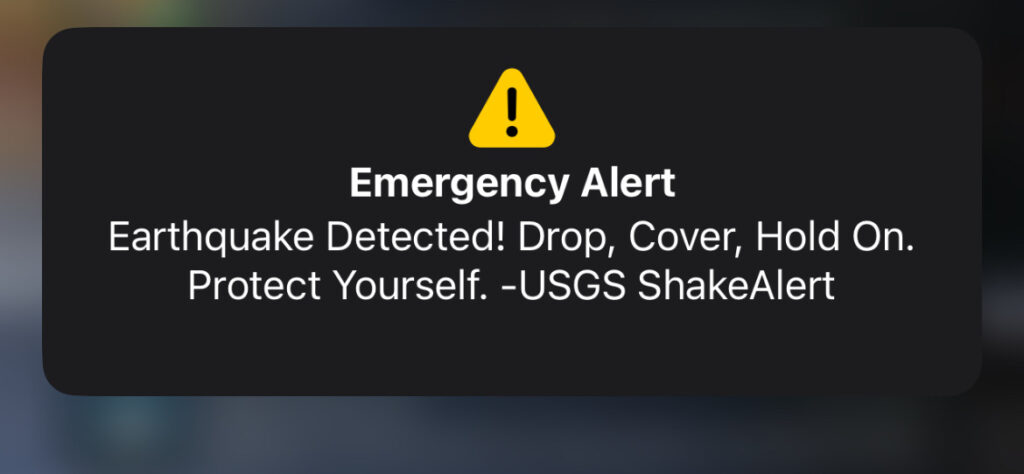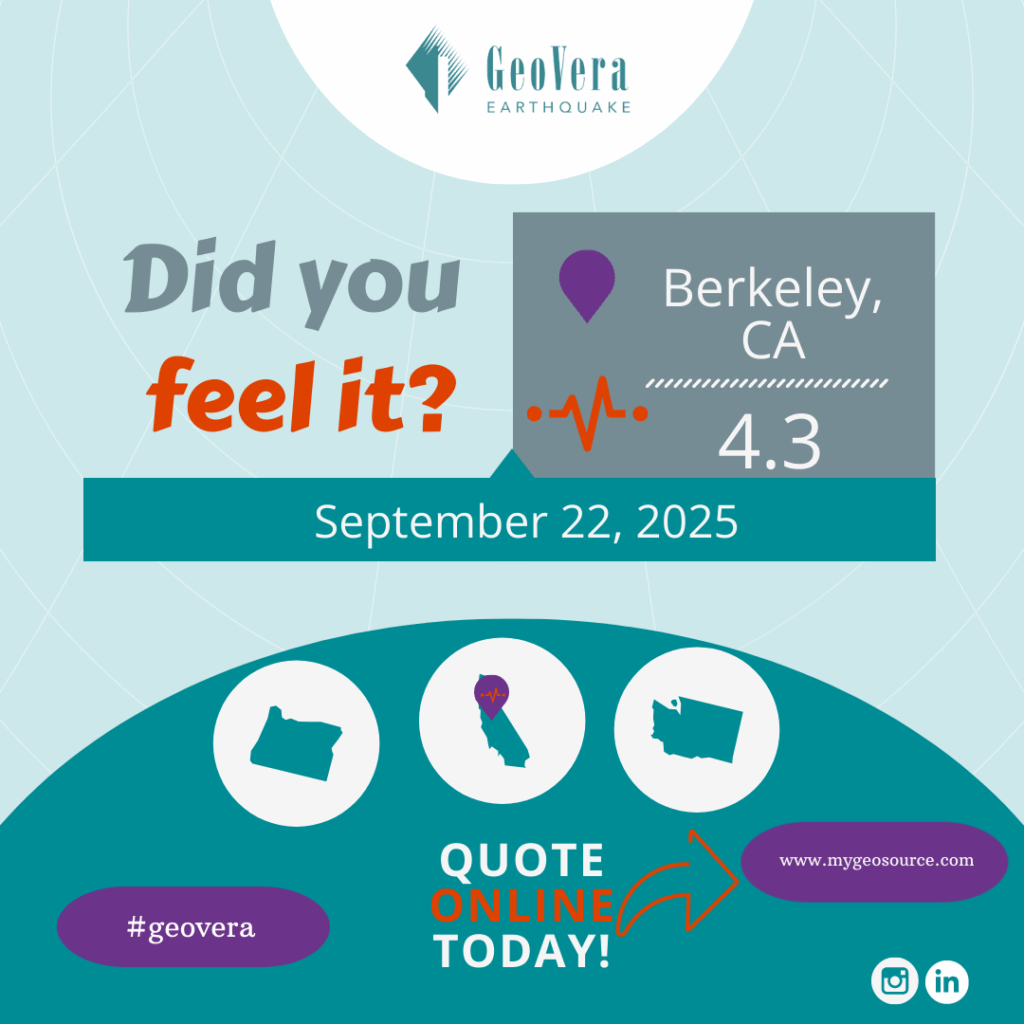Berkeley Earthquake: A Wake-Up Call for Preparedness
Early Monday morning, at 2:56 a.m., a magnitude-4.3 earthquake jolted the Bay Area awake. The epicenter was in Berkeley, near Dwight Way and Piedmont Avenue, just South of Cal Memorial Stadium.
More than 30,000 residents reported feeling the shaking, which traveled across much of the Bay, from Santa Rosa in the North to Salinas in the South. Though classified as a small earthquake, its impact was still disruptive: shattered storefront glass, toppled products in shops, and caused temporary slowdowns in BART service while tracks were inspected.
By mid-morning, two smaller aftershocks followed (a 2.3 and 2.6 magnitude), with the USGS estimating a 24% chance of aftershocks of magnitude-3.0 or larger within the week.
Why This Matters Beyond the Shaking
For leaders, this earthquake is more than a local news item it’s a reminder of how unexpected events test resilience:
- Preparedness is non-negotiable. Even small-scale disruptions (like falling products) can cascade into operational downtime or safety risks.
- Communication is critical. San Francisco’s mayor and BART both issued quick updates, showing how transparent communication calms uncertainty.
- Infrastructure matters. Businesses with fragile points like glass storefronts were hit hardest. Investments in resilience pay dividends when disruption strikes.
The Bigger Picture
USGS seismologist Sarah Minson explained: while this was a “small” earthquake, the shaking was enough to wake people across the Bay and remind us of vulnerability. Larger events will happen, it’s not a matter of if, but when.
The takeaway for business leaders and community members alike: use small events as training grounds for the big ones. Whether that means revisiting safety plans, securing physical spaces, or simply running an emergency drill with your team, readiness is a strategic advantage.
The Bay Area thrives on innovation and resilience, but moments like the 4.3 quake in Berkeley serve as a nudge: prepare today, so you can lead with clarity tomorrow.
Protect You and Your Family
- Government-issued alerts for your country or region
- Alerts for imminent threats to safety or life
- Alerts for extreme weather conditions
- AMBER Alerts (America’s Missing: Broadcast Emergency Response)
- Public Safety Alerts
- Additional details provided by the alert originator

Did you know that your homeowner insurance policy does not cover earthquake damage?
Given the risk, now is the time to consider how earthquake insurance will provide the protection you don’t get from your homeowners insurance policy:
- According to a recent three-year data sample, an average of five earthquakes with magnitudes between 5.0 and 6.0 occur yearly in California.
- The probability of an earthquake measuring magnitude 6.7 in the next 30 years is 60% in the Los Angeles area and 72% in the San Francisco Bay Area.
Your home equity continues to grow while the risk of a devastating earthquake increases, too. Are you prepared to lose all of your hard-earned equity in an instant? And if you experience a total loss, can you afford to rebuild? Now (not afterward) is the right time to consider your Earthquake Insurance options.
Why Choose GeoVera?
GeoVera is the premier stand-alone provider of residential earthquake insurance. GeoVera provides innovative insurance solutions in catastrophe-exposed areas and is the longest-tenured provider of residential earthquake insurance.
GeoVera uses a strategic and agile approach to developing impactful and reliable products to keep pace with the rise in natural disasters.
GeoVera has decades of experience managing claims for nature’s worst catastrophes and a financial rating of “A” (Excellent) by A.M. Best Company. We hope you’ll never need our help, but we’re ready if you do. Ask your insurance agent for a quote today.
Source: KCRA

